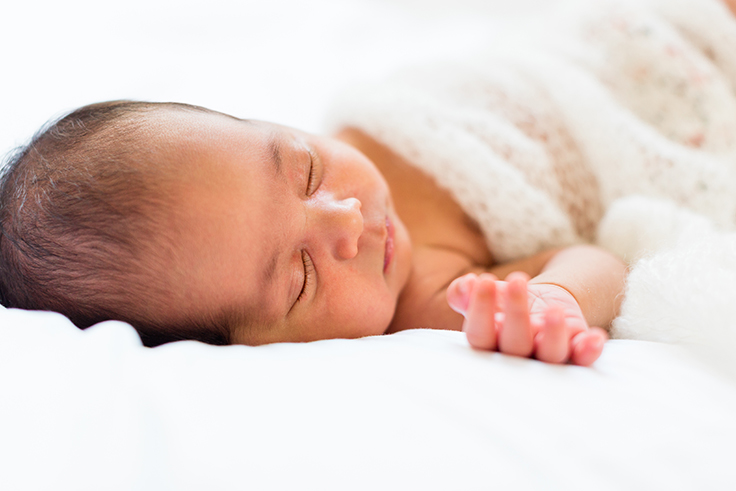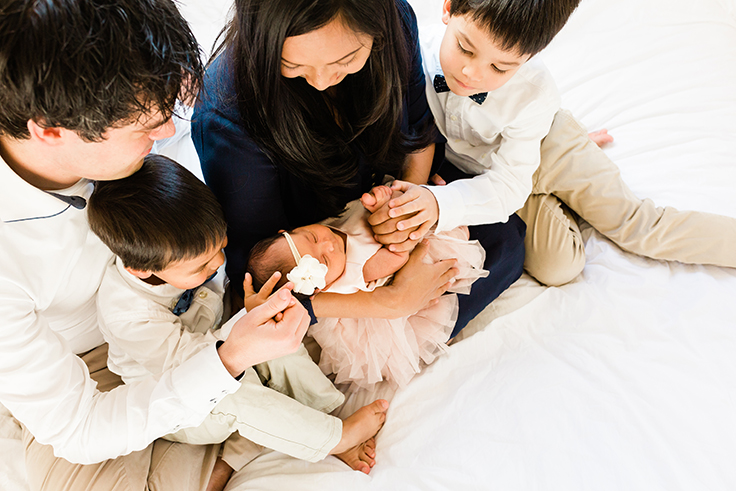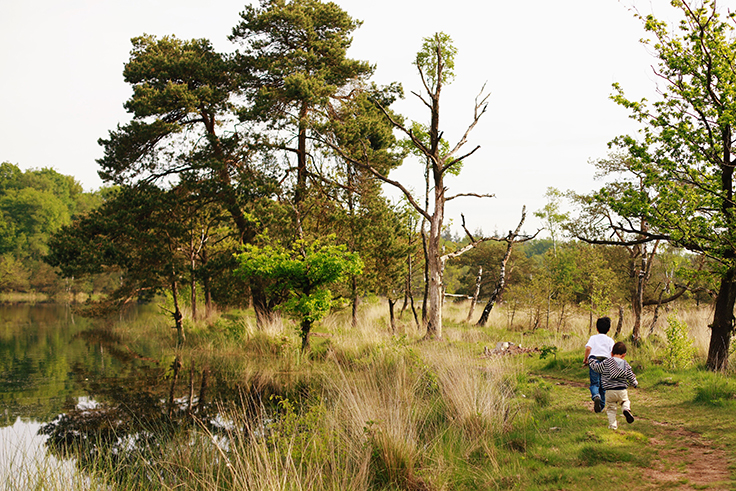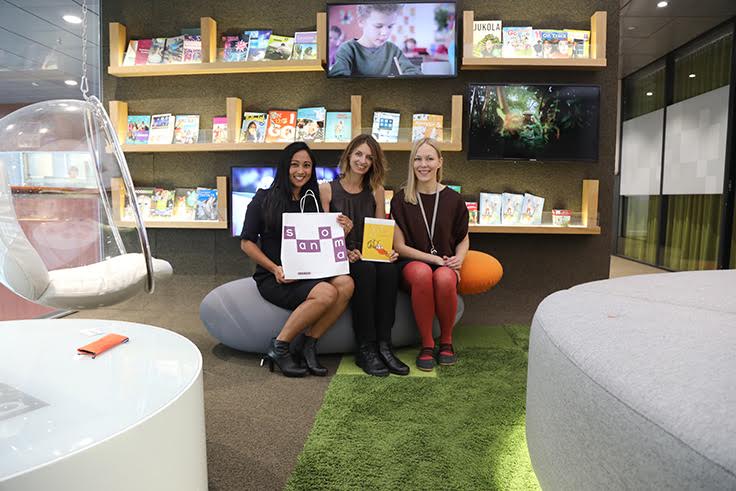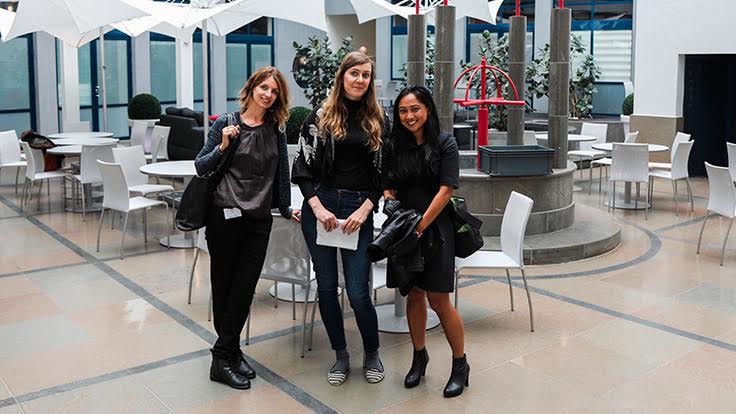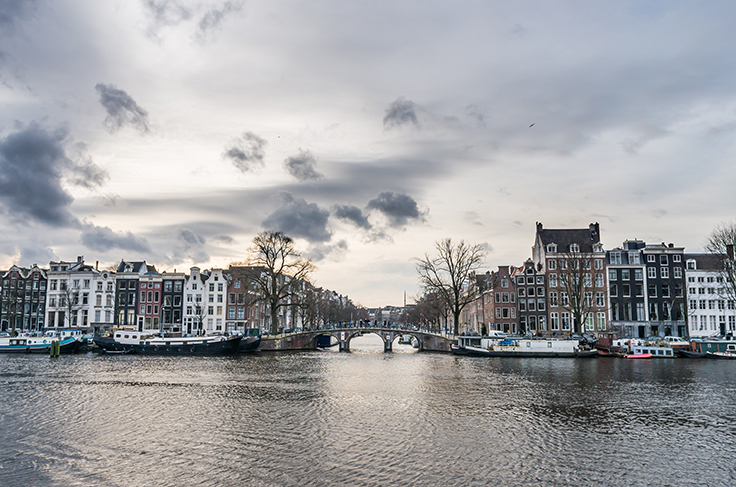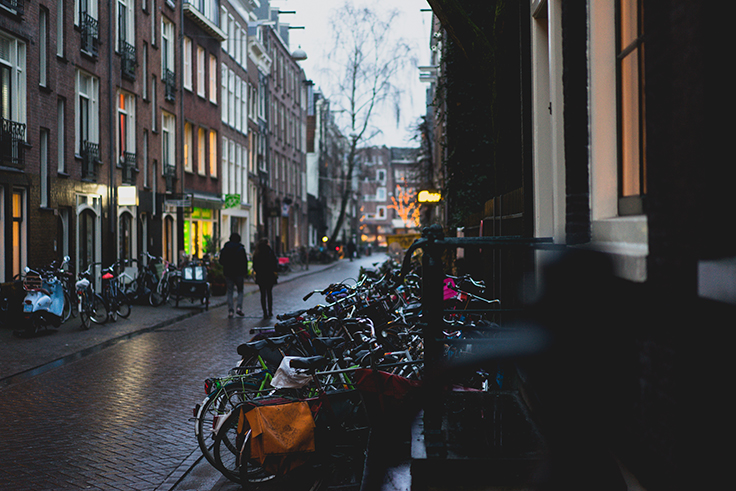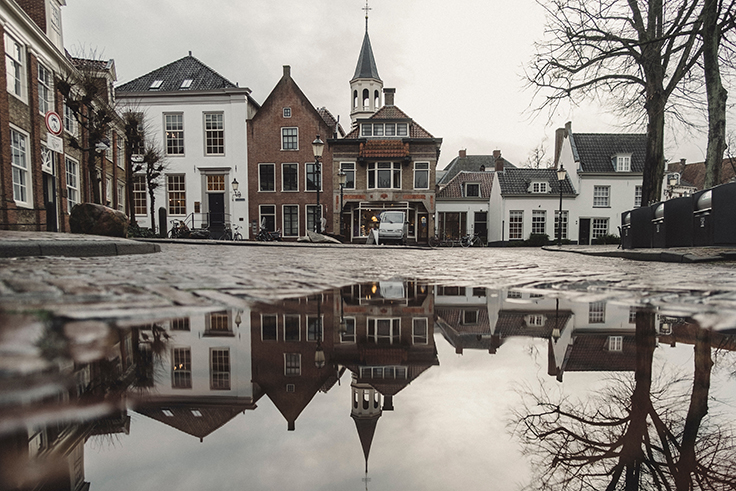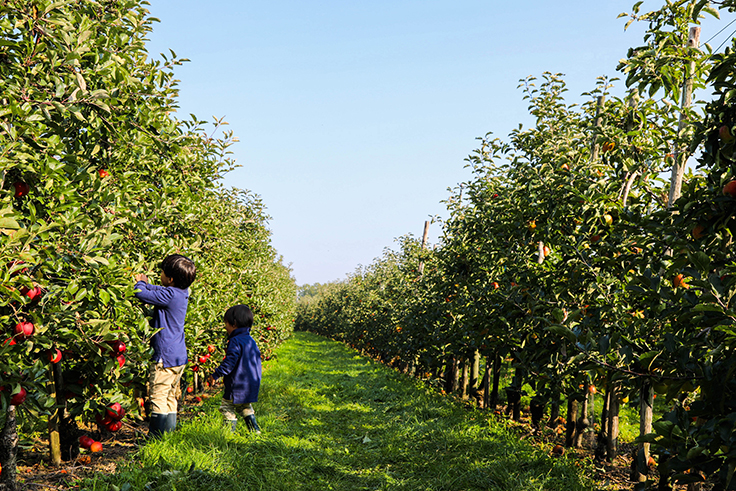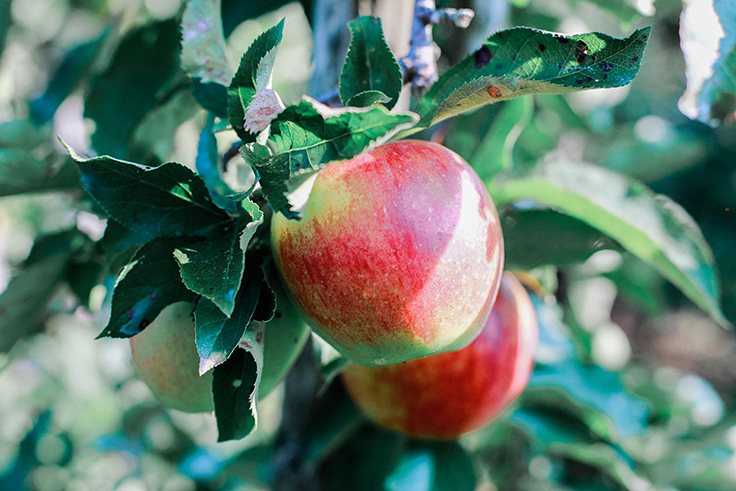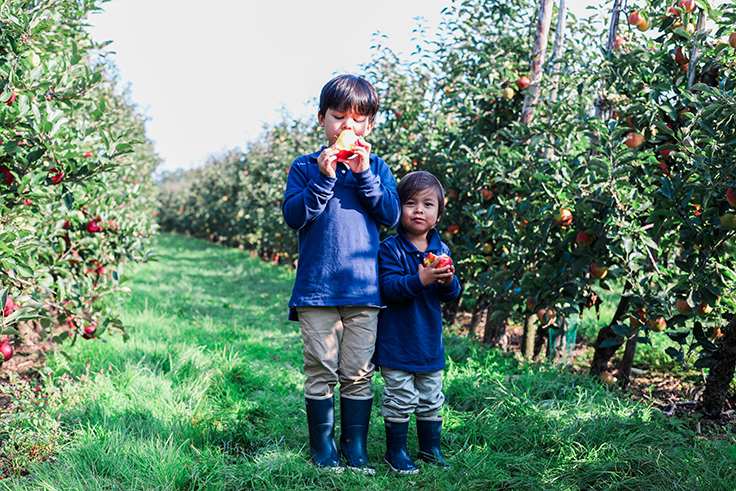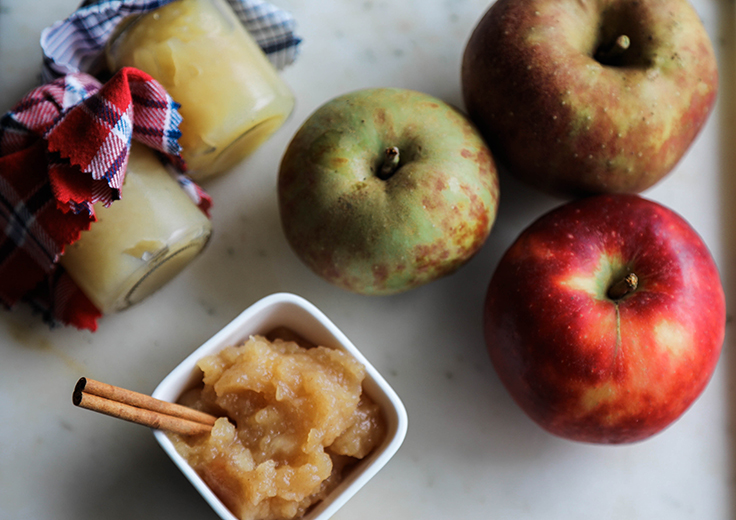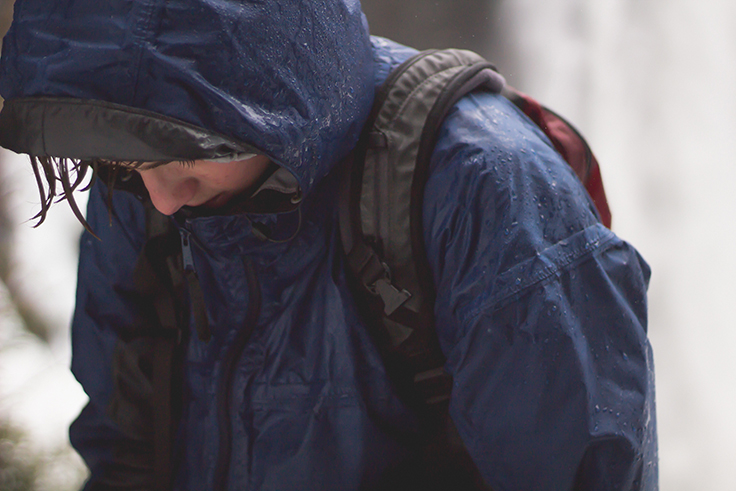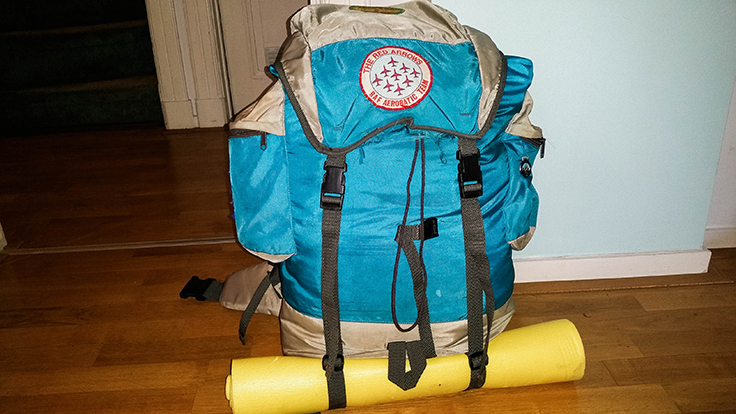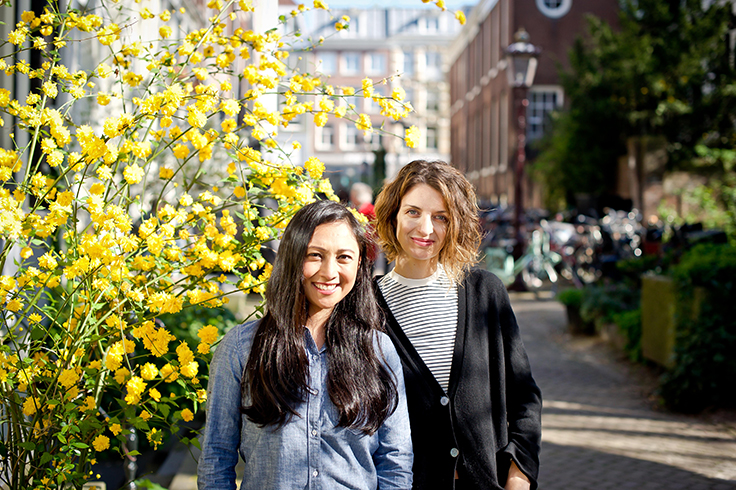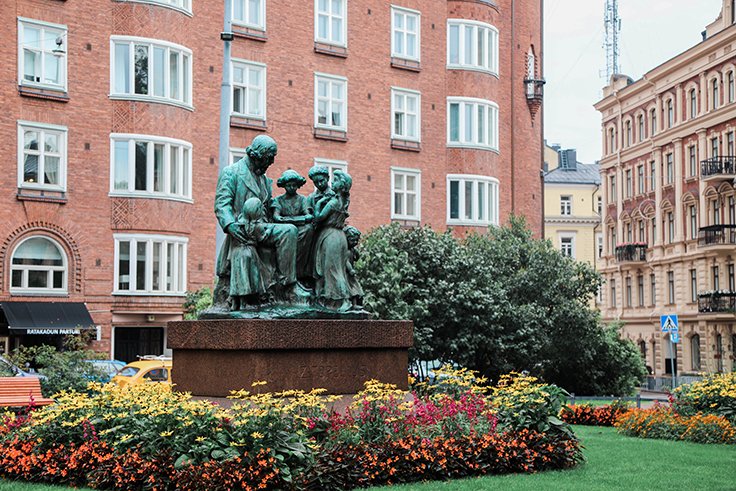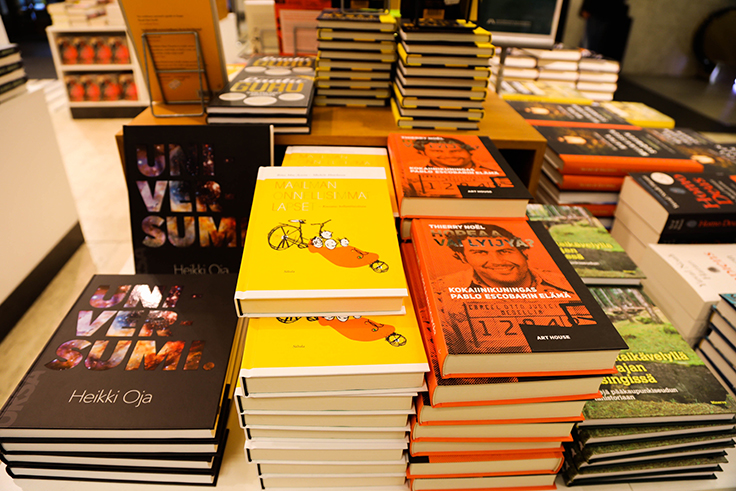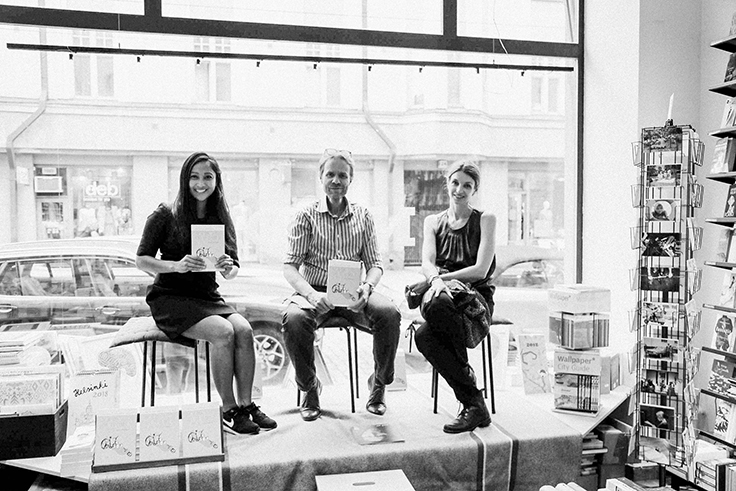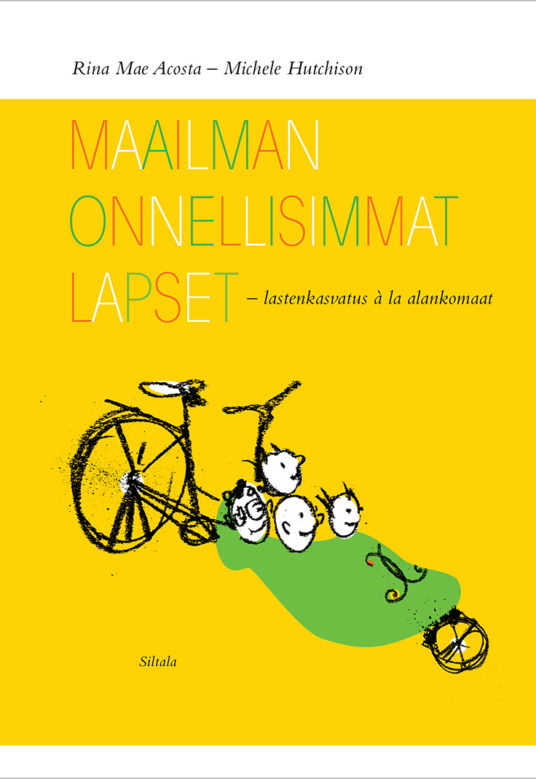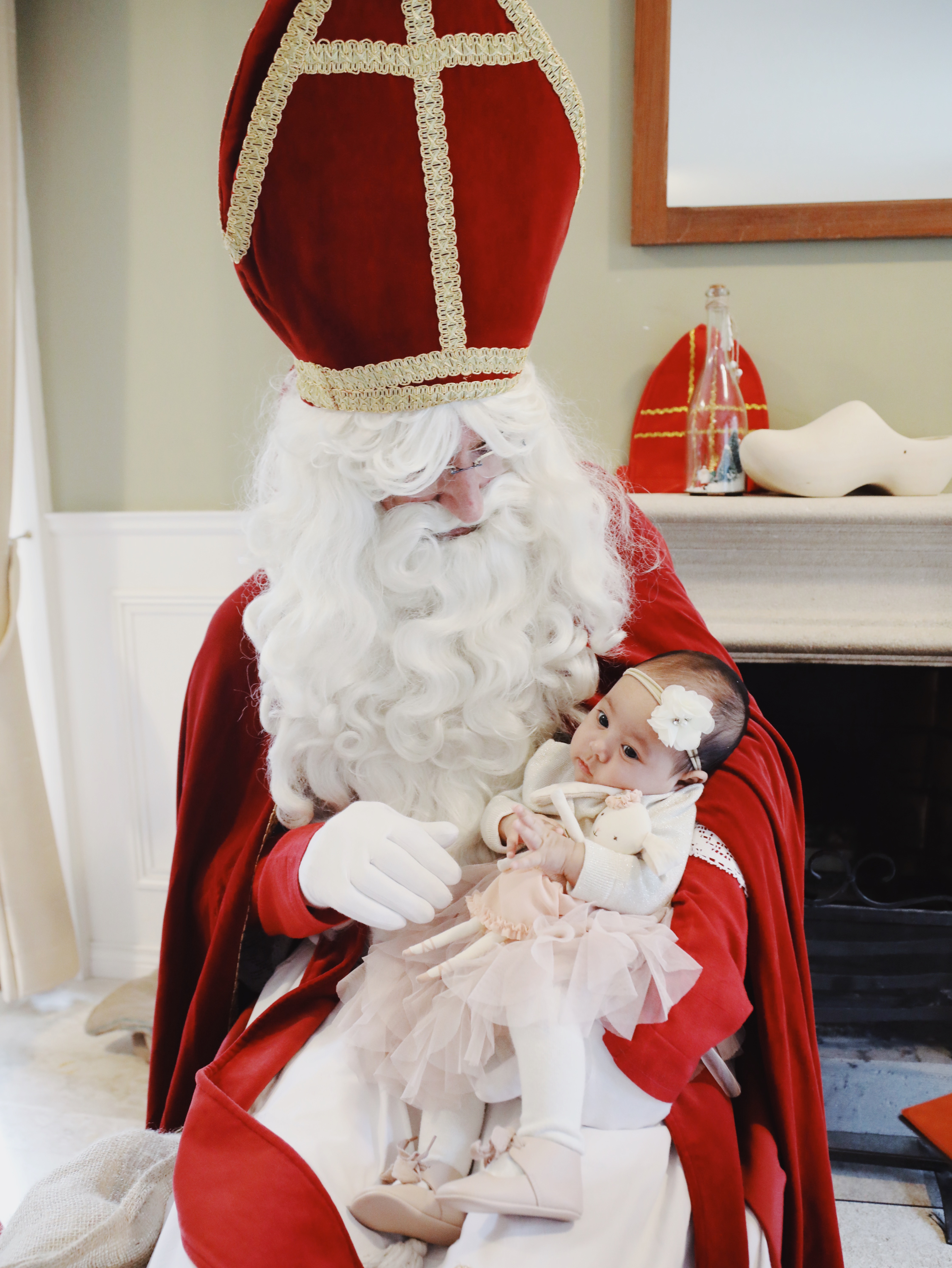
It’s that time of the year again in Holland when children start anticipating the arrival of a man dressed in red and white carrying presents in a sack. This beloved character is known by many names: Santa Claus, Saint Nicholas, Father Christmas, Kris Kringle and Sinterklaas. Depending on where you are in the world, he either arrives on December 5th (the traditional feast day of old St. Nick), December 24th (Christmas Eve), or the following morning.
Due to my fear of missing out and not wanting to be a cultural chauvinist, my Dutch American children celebrate both. Seven years into this predicament of gift-giving overdrive, I’ve become a lot more astute and stricter about what I allow into our house.
In the process, I’ve become a self-appointed purveyor of all things on trend in the toy sphere. After all, like most middle class parents, I’m constantly on the lookout for new toys that my children would be excited to receive on Pakjesavond (evening of gifts), or Christmas morning.
Thus, it is my privilege to inform you of the “it” toy this holiday season. Adding to my street cred is that I currently live in the land of the happiest kids in the world. Or if you want to get technical, the place where children have the highest well-being according to research.
And what could these blissed out children enjoy to their hearts’ content?
A cardboard box.
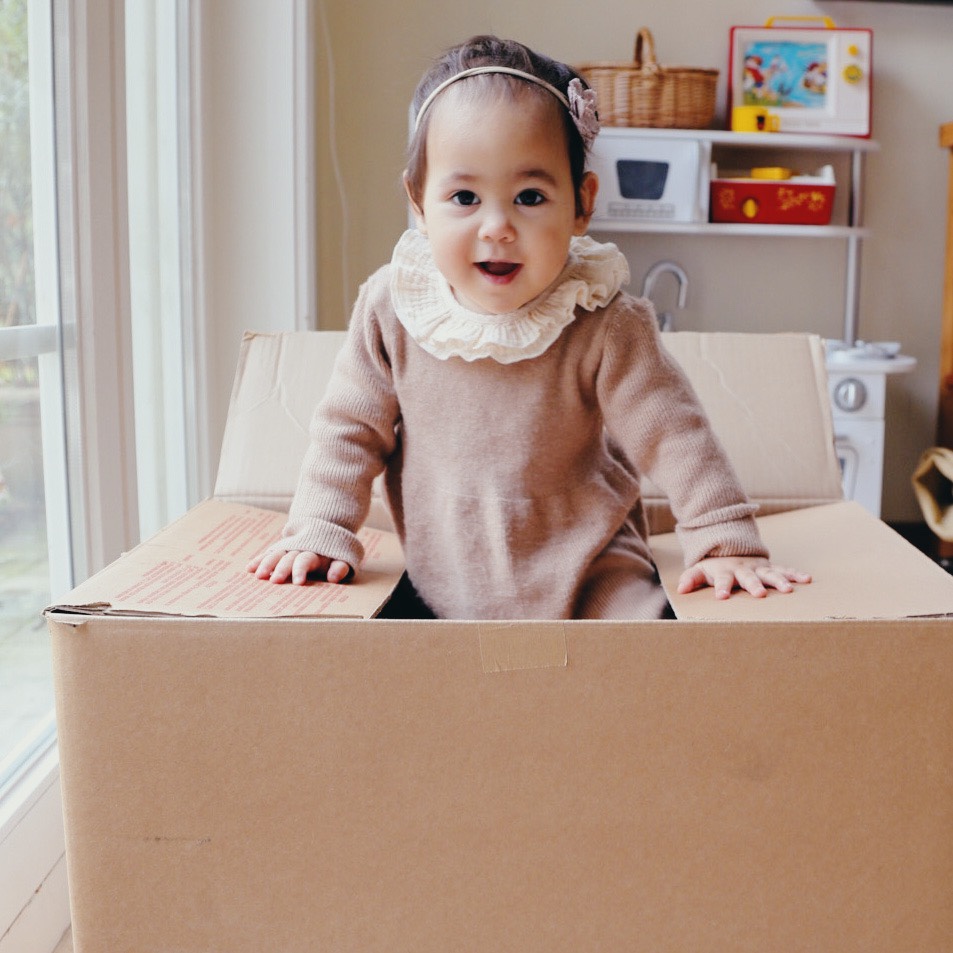
The bigger the better. The humble cardboard box has all the qualities a perfect toy should have:
Have you ever observed that children, especially the eight-and- under crowd, preferred the box to the actual toy? After all the presents have been unwrapped, the mess cleaned up, and the novelty of the new toys has dissipated, it’s the cardboard box that my children gravitate towards.
The cardboard box also grows along with the child. My fourteen- month-old toddler loves throwing random things inside and taking it out again, and if she dares, climbs inside and plays hide-and-seek by slowly moving her body up and down, and treating us to a smile as if she were the most brilliant child ever. My five-year-old and seven-year-old are into imaginary play, transforming it into a pirate ship, a fort, a time machine, and whatever it is they fancy at the moment. They also start playing with their baby sister and putting her inside.
If I still haven’t sold you on the idea of a gigantic cardboard box yet, consider for a moment the amount of stuff our children already have. If our great grandparents and grandparents could witness the runaway consumerism most pronounced during the holiday season, they’d think we’d lost our minds.
We’re not entirely to blame here, folks. We’re constantly bombarded with a cacophony of advertisements custom-tailored around our personal data and internet behavior (I see you Facebook, Instagram, Google, and Amazon). And now with Sinterklaas and Christmas around the corner, chances are we’re inundated with ever more messages about things we might be interested in but really aren’t.
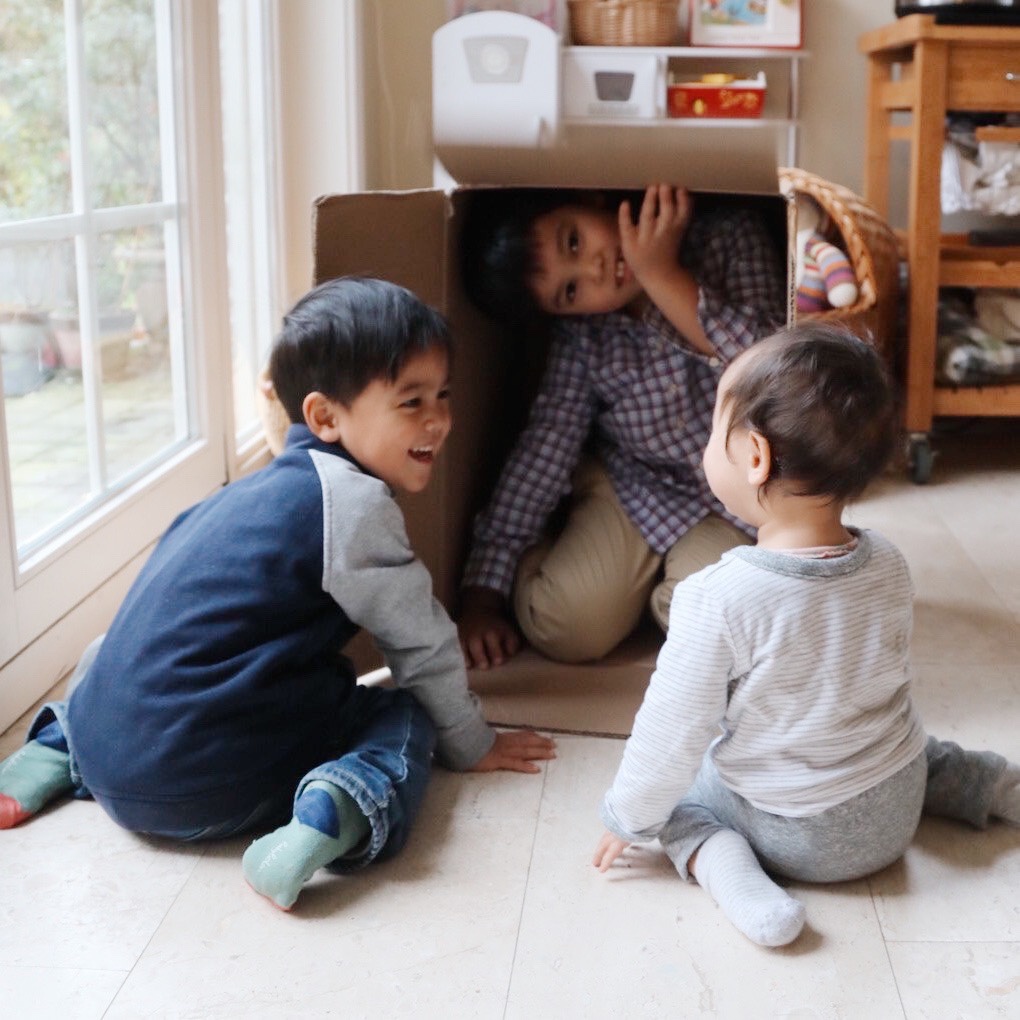
Here’s a friendly reminder that the holiday season wasn’t always like this. In the middle of the twentieth century, mandarins from Spain were the most coveted treat to receive for Sinterklaas. Eventually the gift-giving culture evolved to include chocolate letters (the initial of your first name), chocolate coins, marzipan (almond paste) characters, and tai tai dolls (spiced baked sweets). There are even personalized poems accompanying the gifts that often mock the receiver, but in our household, humor often misses the mark so we emphasize kindness instead.
Because here’s the actual secret of why Sinterklaas and Christmas is often the favorite time of the year for children: they get to spend lots of time with their parents, grandparents, aunts, uncles, and cousins.
Let’s also not forget that these gift giving traditions have pagan and Christian roots that foster ideas of bringing light, giving love, and sharing joy during the darkest days of the year. But I digress.
So whether or not you are going for broke this holiday season or leaning for a more modest affair, seriously consider at least including a giant cardboard box in the gift mix. Preferably an empty one too – don’t fall for the latest unboxing gimmick. I guarantee you that your children will be playing much longer with the cardboard box than any of the toys included in it. And you may enjoy playing along too.


